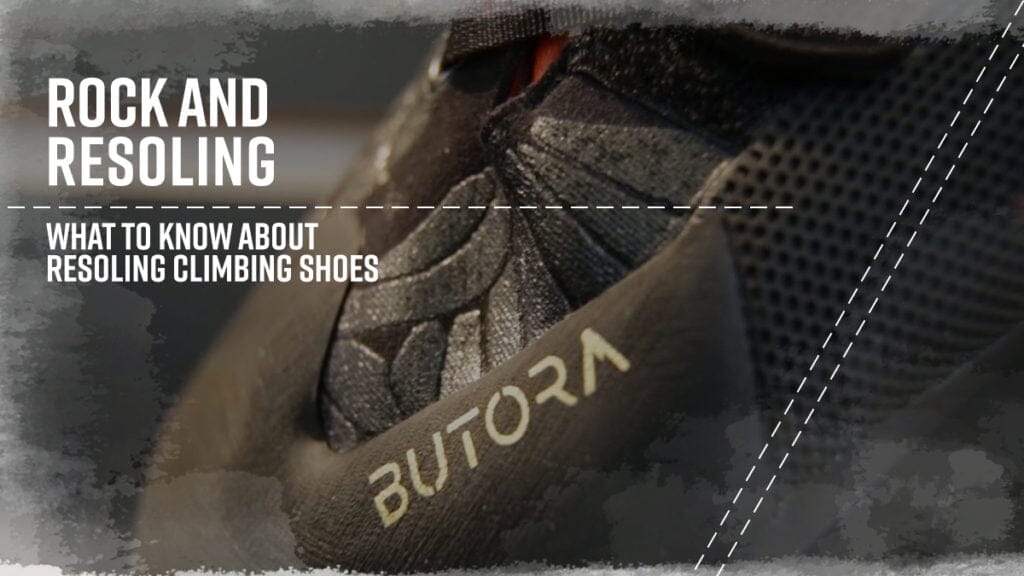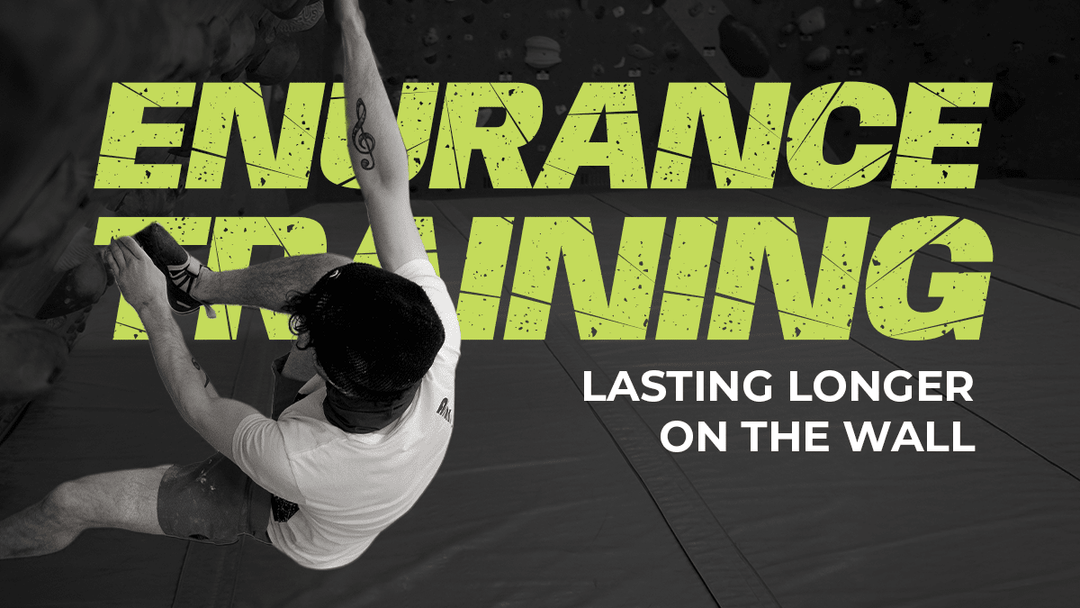Rock and Resoling: What to Know About Resoling Climbing Shoes

Climbing has hit the mainstream.
Every day in the United States, an estimated 1000 to 1500 people are trying it for the first time. That’s an impressive growth rate! And it’s being seen all around the world.
This is excellent news for the sport. However, as more of us are going climbing, more people are getting injured. For instance, there was a 63% increase in climbing-related injuries between 1990 and 2007.
One way of limiting these injuries is by using the correct, well-maintained equipment. Climbing shoes can be of particular importance in terms of staying safe while climbing.
With that in mind, resoling your climbing shoes should be the first port of call for ensuring they perform well.
Keep reading to find out everything you need to know about resoling your climbing shoes.
When Should You Consider Resoling Your Shoes?
Consider resoling climbing shoe when its rubber sole begins to wear out.
Wearing of the sole is a natural result of climbing. It’s going to happen. However, excessive wear will damage the performance of the shoe. Your climbing will suffer from it!
Resoling is necessary when the sole (the bottom of the shoe) wears out to the extent you’d climb on the rand (the rubber material that covers the toes and extends around the sides of the foot).
A damaged rand is terrible news for your shoes. You need to protect it! Resoling at this point will do just that, and mean you can get away with only a half resole (a standard replacement from the midsole forwards).
Why Should You Resole Your Shoes?
You don’t have to resole your shoes.
Indeed, some climbers argue that resoled shoes don’t climb as well. Many opt to wear their shoes out entirely and just purchase a new pair.
However, the shoes aren’t cheap.
A standard pair will cost around $180-200. They can often cost far more than that. Generally speaking, it’ll cost you between $30-40 for half resole. Give or take $15 for shipping. You’re talking around $45-55 all up.
Resoling can be a cost-effective way of restoring a shoe to performance standard. This is a crucial way of preventing unnecessary injury when climbing.
That said, every case is different. The resoling cost will depend on the amount of damage done. If the rand and toe caps need replacing, you’ll have to pay more for repair work. In these cases, it may make more financial sense to purchase a new (or second hand) pair of shoes.
Who Should Do the Resoling?
Leave the resoling process to the professionals.
It’s often best to stick with well-known companies. They’ve got the experience and hard-earned industry reputation to guarantee a quality job. That said, using a service that’s closer to home can save you money on shipping costs, and time on delivery.
You can’t guarantee the quality.
Weigh up the pros and cons of the quality you need and the amount of money you’re willing to spend. Then decide accordingly.
Time to Wrap Up
There you have it: everything to know about resoling your climbing shoes.
Resoling your climbing shoes is an essential way of ensuring they’re up to the standard required for safe climbing.
Consider resoling your shoes when you notice the sole has worn down to the rand. Resoling at this point will protect this crucial part of the footwear and prevent further damage all around. In turn, this minimizes the cost of repair, which you should leave to the professionals!
Want to try resoling your own shoe? Read this article on how climbing shoes are resoled.




